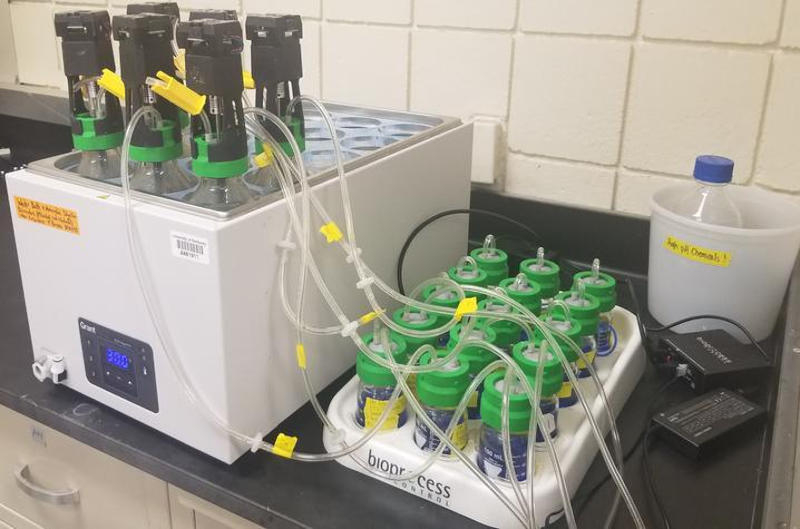In the next five years, production of bourbon—corn whiskey—in Kentucky is projected to double. At the same time, the state’s cattle population has reached its lowest level since 1951. These two facts could help transform whiskey distilleries into a new source of biofuel.

Image source: research.uky.edu
After distilling bourbon, producers are left with a waste product called stillage. It consists of grains, dead yeast cells and fermentation products. It is a high protein material that is often used as feed for cattle and other livestock. In 2020, 481.5 million liters of whiskey were produced in Kentucky alone, and for every unit of volume of the drink there are ten units of stillage.
Using this material as animal feed helps reduce waste from the distillation process, but transporting it has a significant carbon footprint. The stillage is sometimes further processed to remove solids from the liquid—transporting this syrup is less harmful to the environment, but the process is energy-intensive, and the small operations that account for 60 percent of Kentucky production are unable to handle it. And with the state’s cattle population down to its lowest level since 1951, using stillage as feed is becoming less of a viable disposal option.
In search of a more effective solution, researchers from the Kentucky Distilled Spirits Institute. James Beam (UK) studied the possibility of converting this material into natural gas – methane. Bourbon stillage contains waste from grain crops, including corn, barley, rye and wheat, and scientists have conducted a series of experiments to understand how different combinations of these grains react when fed to anaerobic bacteria. As it turned out, a substance with a high content of corn gives the highest methane yield.
When methane is released into the atmosphere in its pure form, it acts as a greenhouse gas, causing global warming. But when burned, it turns out to be cleaner than coal, that is, it is a fairly clean fuel. In other words, stillage can be converted into a gas suitable for use in distilleries, fueling trucks, heating homes and generating electricity. Scientists propose to build a cyclical system for converting waste into fuel – thanks to this, Kentucky can become a leader not only in the production of bourbon, but also in the field of renewable energy.